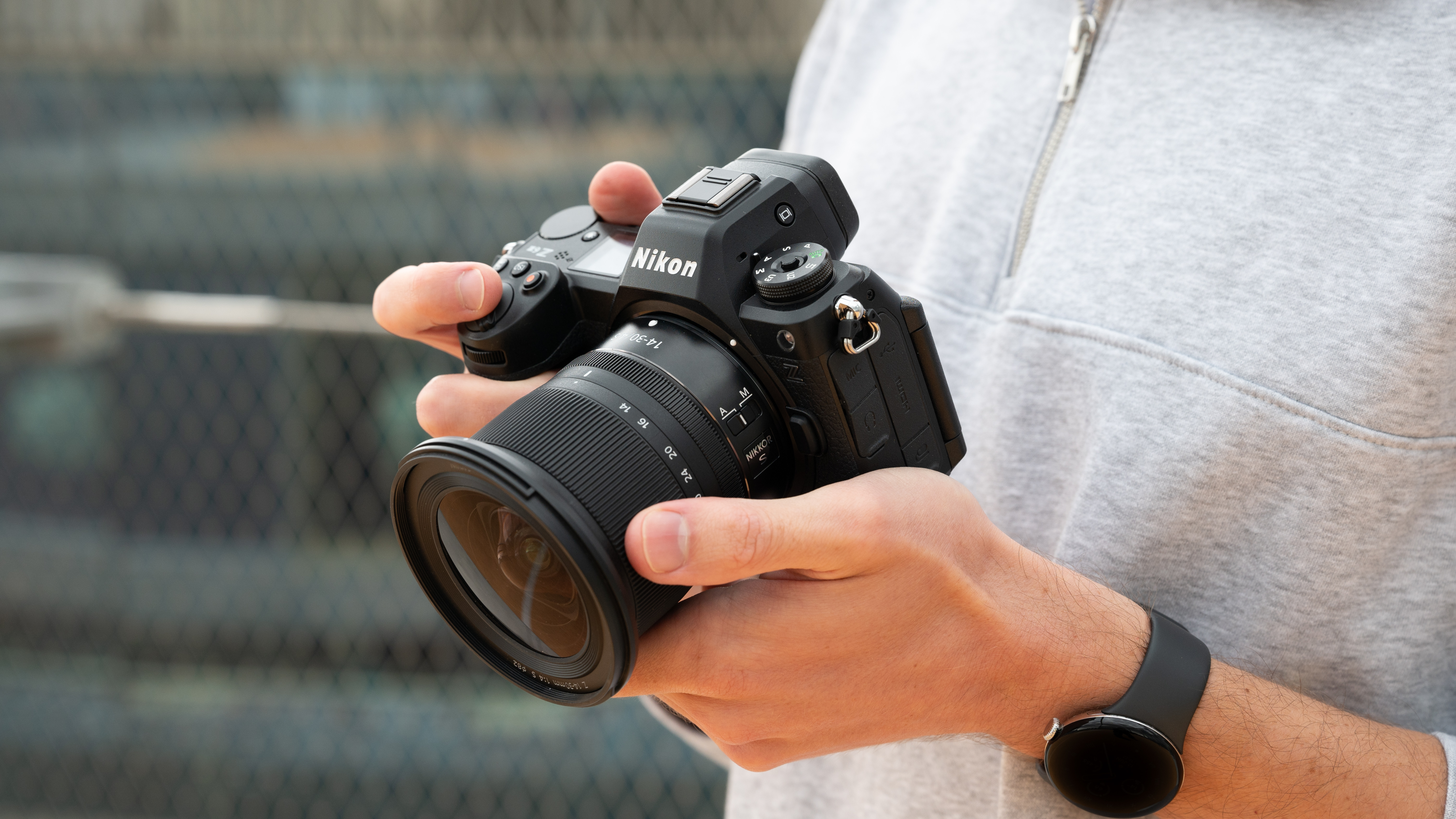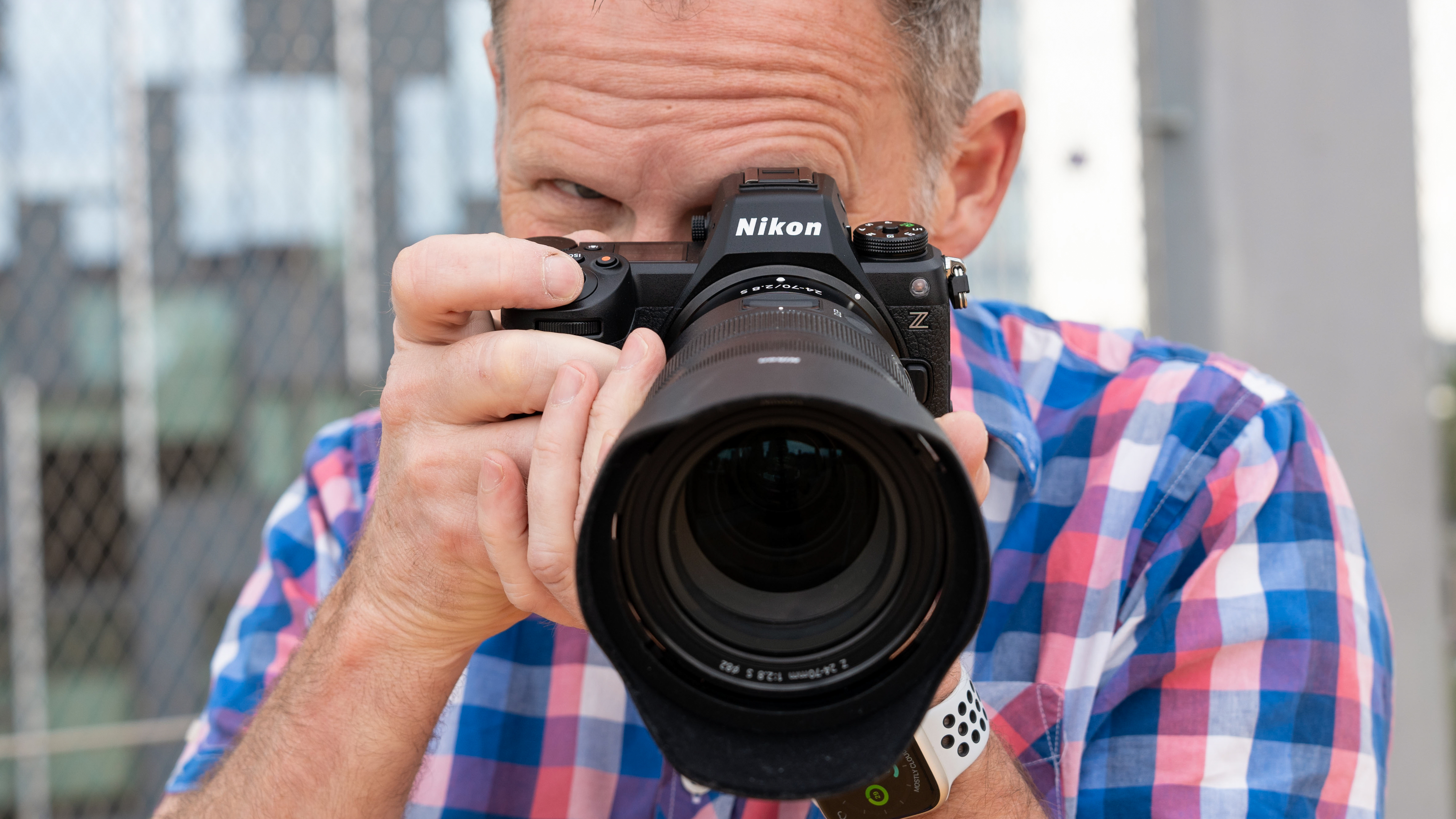
It’s been a long time coming and the rumor mill has been at fever pitch for a year or more, but Nikon has finally unveiled the latest in its Z 6 line of ‘enthusiast’ full-frame mirrorless cameras. With a lower 24.5Mp count than its more upmarket (and expensive) pro models, which boast twice the resolution at 45.7Mp. It’s a little bit bigger than its predecessors (the Z 6 and Z 6II shared almost identical dimensions), but a fair bit smaller than the bigger-bodied Z 8.
Indeed, at a glance, it looks very much in keeping with its forebears, with a near-identical control layout. There’s a new button atop the camera to illuminate the top-plate LCD (which is a little bigger than in previous models), the Playback and Release Mode buttons have swapped places, and the rear LCD swings out to the side rather than merely flipping up and down, and can be reversed for viewfinder-only shooting. On the inside, however, things are dramatically different.
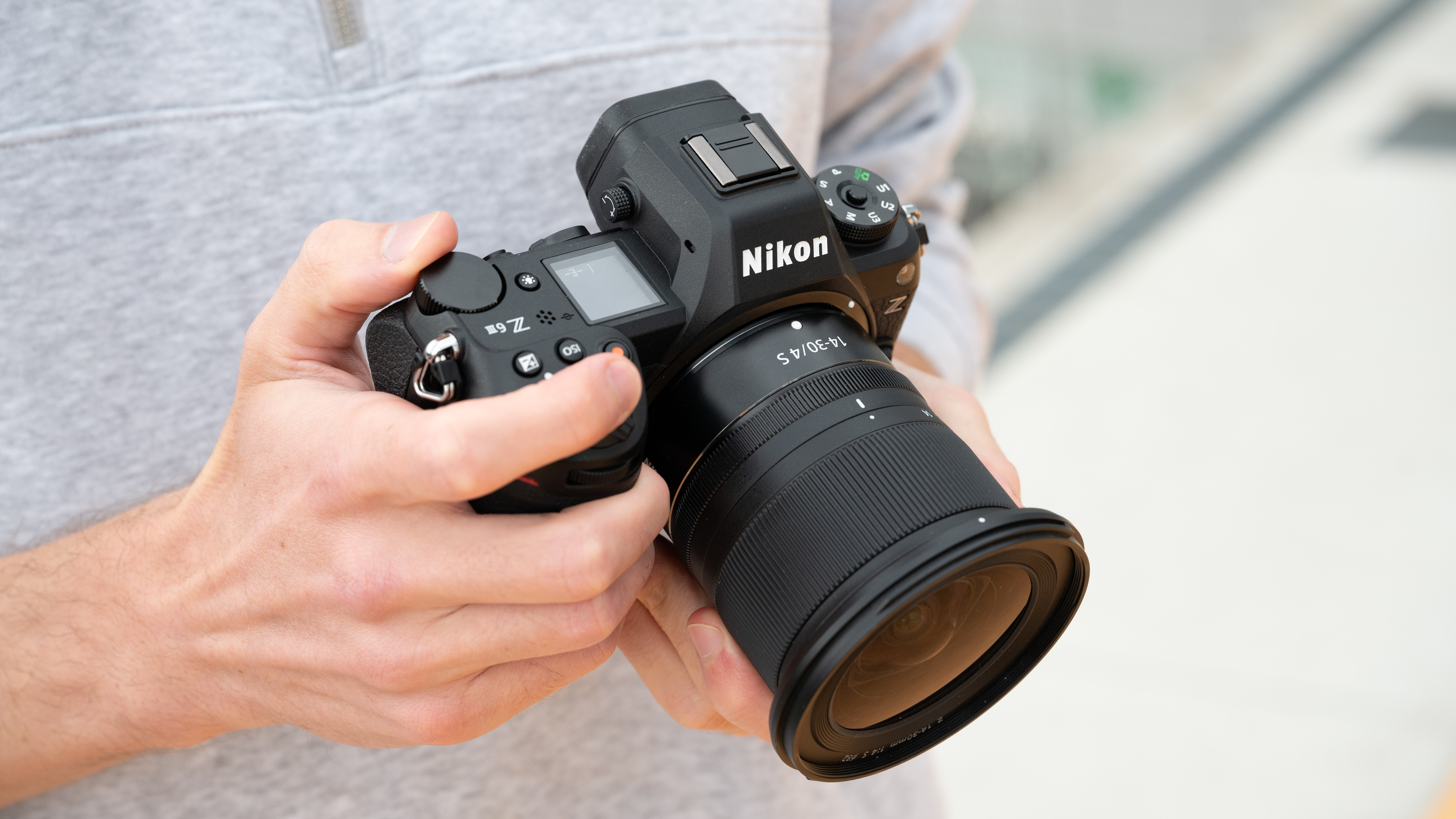
Nikon Z6 III: Specifications
Nikon Z6 III: Key Features
We’ll start with what remains the same, as it’s a shorter list. As previously mentioned, the sensor resolution is the same, at 24.5Mp, It has two memory card slots; one CFexpress (backward-compatible with XQD) and one SDXC USH-II. It takes the same EN‑EL15c battery that slots into the protruding grip at the bottom of the camera, and a pair of rubber flaps on the side reveals a mic, headphone, USB-C, HDMI, and ‘Accessory Terminal’ (namely used to connect remote shutter releases) sockets.
But much like the Nikon Zf was no mere ‘reskinned’ Z 6II, the Z 6III takes some tech from the Z f, but also some from the flagship Z 8 and Z 9, and also adds some innovations of its own.
While the sensor has the same megapixel count as previous models, it’s an all-new ‘partially stacked’ sensor, which enables much faster readout speeds than previous-generation sensors. While this isn’t as speedy as the fully stacked sensor in the Z8 and Z9, it’s about 3.5x faster than the readout of Nikon’s previous 24.5MP sensors.

The upshot is that while the camera has a mechanical shutter, for most photography you won’t need to use and can instead use an electronic shutter, enabling blistering shooting speeds of up to 120 frames per second (the caveat here is that images are limited to using DX crop mode, around 10Mp in size. Dropping to 60fps enables full FX 24.5MP images. If you do engage the mechanical shutter, then the frame rate drops to a still-impressive 20fps for JPEG images and 14fps for Raw images.
If shooting with flash, then you will need to use the mechanical shutter, as although the readout using the electronic shutter is fast, it’s not quite fast enough to match the flash sync speed. But it's more than capable of keeping up with the action for sports and wildlife photography, including panning, without exhibiting signs of ‘shutter lag’ that would otherwise cause images to shear. Nikon’s decision to develop a ‘partially’ rather than fully stacked sensor is down to cost; it’s a little bit of a design compromise.
The maximum shutter speed has been upped from 1/8000 sec to 1/16,000 sec, though it doesn’t match the 1/32,000 sec of the Z8 and Z9.
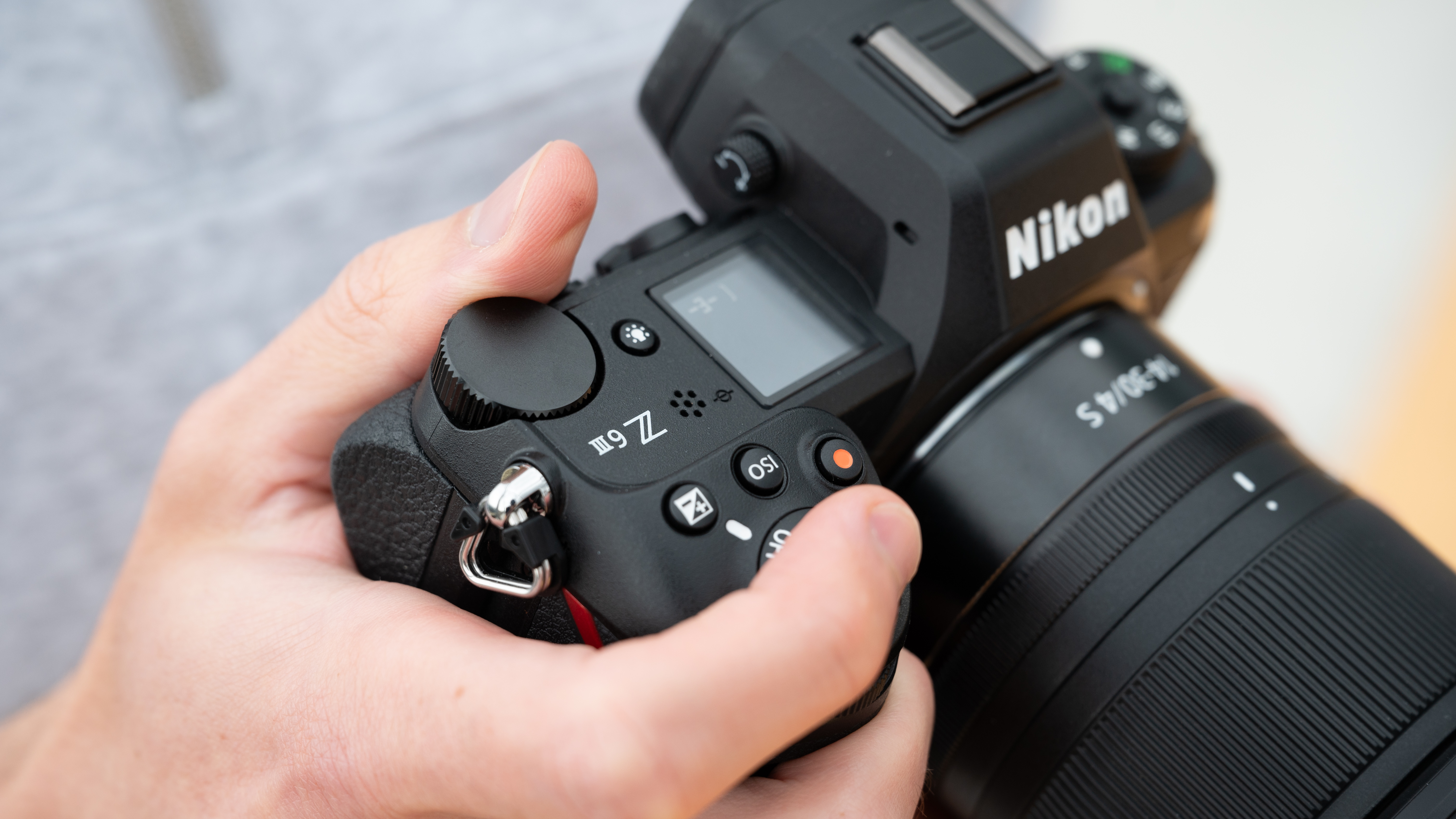
The sensor is mounted onto an in-body image stabilization (IBIS) device that offers up to eight stops of stabilization (up from five on the Z6 II), so you following the ‘one over’ rule that says you should shoot at a shutter speed of the reciprocal of the focal length (1/200 sec at 200mm), you would theoretically be able to get sharp shots on the same 200mm focal length with shutter speeds as slow as 1 sec – provided your subject is static, of course.
What’s more, the IBIS is designed to pivot around the active focus point, rather than shifting the entire sensor, for even greater finesse in keeping the intended subject sharp, rather than the whole sensor. It’s the same system that debuted in the Zf, and like that camera, can be used for a trick ‘sensor-shift shooting’ mode, where the sensor is shifted by minute amounts and a series of images taken that can then be merged in Nikon’s NX Studio software for super-detailed high-resolution shots equivalent to 96 megapixels. Both the subject and camera have to be perfectly still for this to work, so you’ll need to use a tripod.
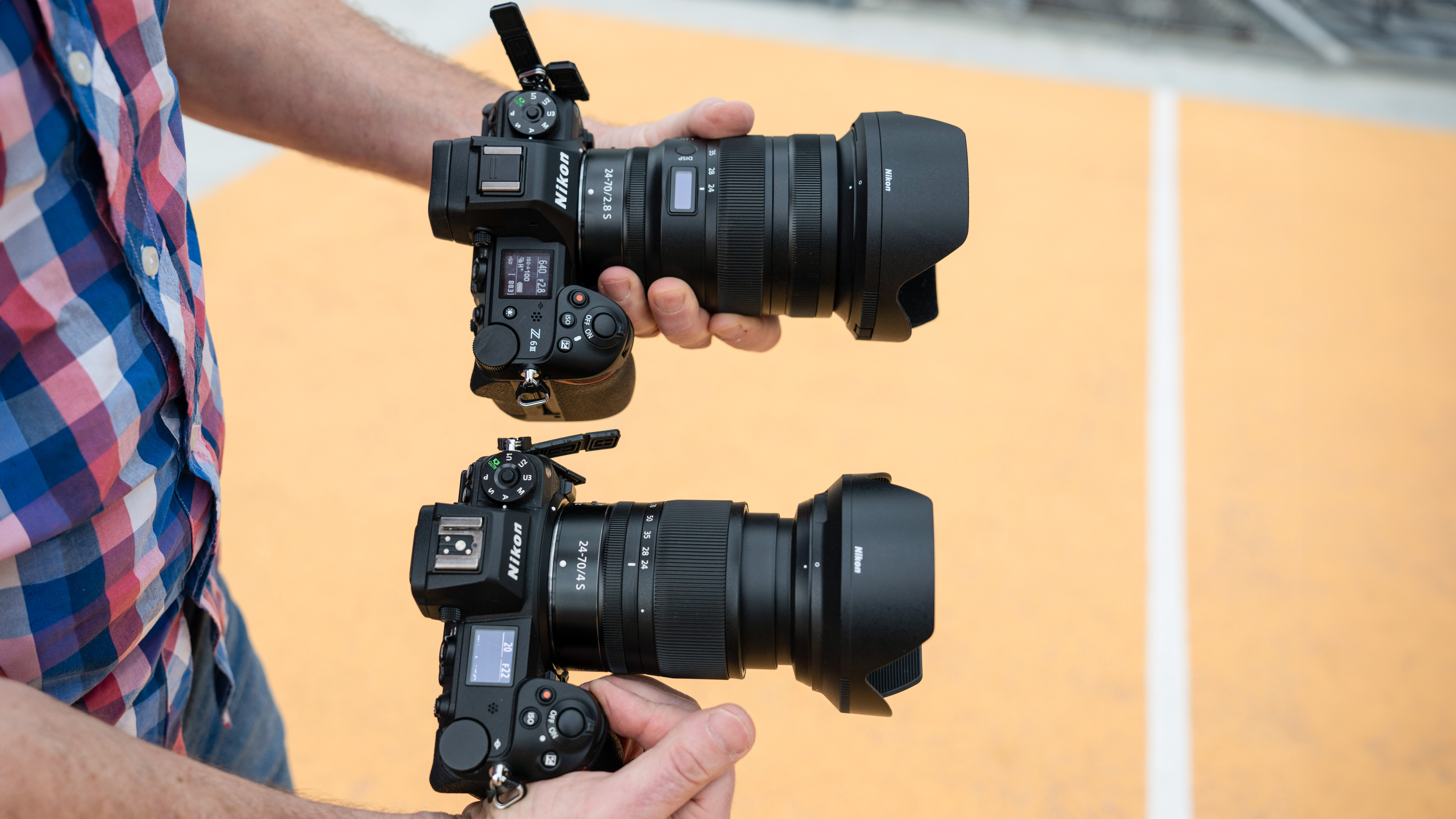
As in common with all Z-series cameras, the AF points are spread across the length and breadth of the imaging sensor, giving edge-to-edge autofocus no matter where in the frame your subject is. This time around it has 299 AF points spread across the entire sensor, like the Zf (and a not-insignificant increase over the 273 points of previous Z6-line cameras).
Autofocus works up to -10EV, which effectively means it can focus on subjects that are too dark for the naked eye to see and will make this the favored camera for astrophotographers – a mantle previously held by the Z6 II.
The camera is powered by the latest generation of EXPEED 7 processors, as used in the Z8, Z9, and Zf – in comparison, the Z6 had an EXPEED 6 and the Z6 II used a pair of EXPEED 6 chips. Nikon says that this processing grunt enables powerful autofocus performance that matches that of the Z8 and Z9, and there’s a raft of subject detection modes for people, animals, and vehicles. In our hands-on time with the camera shooting basketball, we found this to track the fast-moving players with unerring accuracy.

The vari-angle touchscreen rear LCD has a resolution of 2.1Mp – that’s at least double the resolution of all previous Nikon cameras, the Z 8 and Z 9 included – most Z-series cameras have a 1.04Mp resolution. And unlike the tilt-only design for shooting high or low of the previous Z6-line cameras, this time around it’s a full vari-angle screen that flips out to the side and can be rotated 180 degrees up and down for front-facing selfies or reversed so the screen is tucked away for protection when shooting with the viewfinder. When shooting in a vertical orientation, the information overlay automatically rotates too, as first debuted in the Z9.
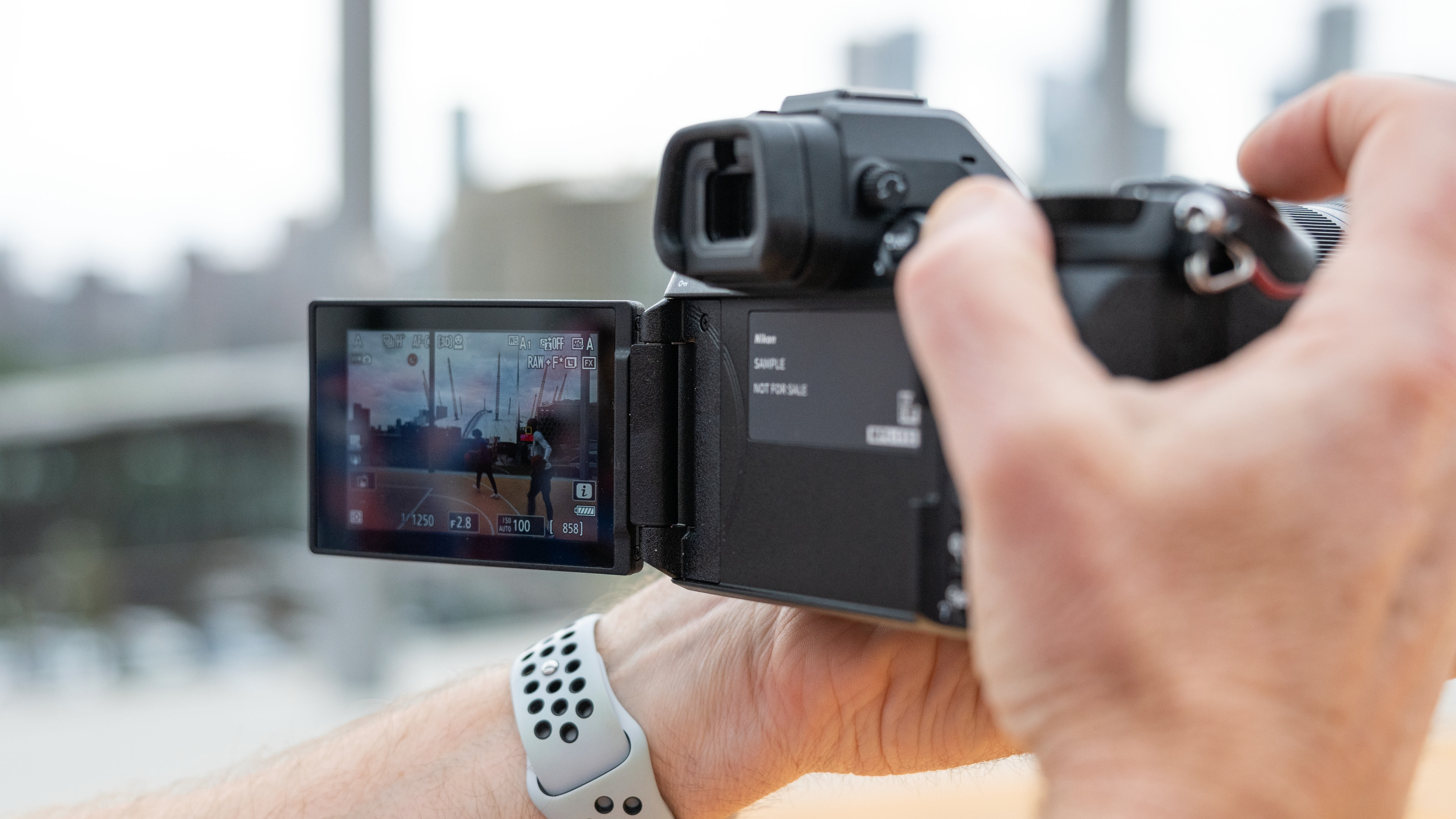
As in other Z-series cameras, the information in the electronic viewfinder (EVF) is mirrored from the rear LCD and reflects the exposure settings dialed in, as well as the ability to overlay vital information such as a histogram, in-camera level, and grid display.
However, this is the brightest and highest-resolution EVF that Nikon has ever made. While previous Z-system cameras’ EVFs top out at 3.69 million dots, this one has seen a significant increase in the pixel count to 5.76Mp. The EVF refresh rate is a super-smooth 60fps, to a realistic-looking display, and it’s incredibly bright, measured at 4000 nits, which auto-adjusts according to the ambient light.
This increased brightness will be particularly beneficial for sports and wildlife photographers who’ve perfected the ability to shoot with one eye looking through the viewfinder, while the other looks for the subject itself in the real world, providing a more natural balance when shooting in bright light.
The EVF also has a DCI-P3 color gamut, for a wider range of more lifelike colors than previously, and of course, it’s fronted by Nikkor glass, to ensure the projected image is crisp and sharp right to the corners of the display.
Nikon Z6 III: Price
The new Nikon Z6 III is available standalone and also comes in three kit options, offering a modest discount compared to buying the camera and lenses separately. The Nikon Z 24-70mm f/4 S, priced at $3,099 / £3249, is known for its superb optical quality throughout the zoom range, making it one of the sharpest kit lenses ever made. If you need additional reach, the Nikon Z 24-120mm f/4 S, priced at £3539, provides an extra 50mm of reach and covers short-telephoto focal lengths. The Nikon Z 24-200mm f/4-6.3 VR, priced at £3439, although not an S-line lens, is noted for its stunning optical quality considering its zoom range and includes built-in VR for super telephoto shots.
The Nikon Z6, launched in November 2018 at $1,999 / £2099, was followed by the Nikon Z6 II in December 2020, priced at $1,999 / £1999. The Z6 II addressed criticisms of the original model by adding a second SD card slot and dual processors, offering a fast burst rate of 14fps and improved buffer capacity.
Looking ahead, the upcoming Nikon Z6 III, set to launch in July 2024 at $2,499 / £2699, sees a fairly significant price rise from prior models but boasts a partially stacked sensor and the ability to shoot up to 120fps, among other refinements. However, the absence of a Z7 III implies that Nikon's first Z-series camera may have reached the end of its line, suggesting that the Z6 III is a mini Z8.
Nikon Z6 III: Design & Handling
When it comes to the physical build of the camera, it’s very much evolution rather than revolution, with the near-identical button layout, aside from the aforementioned Playback and Release Mode button swap. It took a little getting used to, coming from a previous-generation Z6, but it makes sense as you may well wish to change from Continuous to Single Shot shooting mid-shoot, and the button placement makes it easier to do this without taking your eye off the viewfinder.
Our main grumble with the Z 6/7 line was the lack of direct access buttons for oft-used features, the most obvious of which is the ability to change the focus mode between Single (AF-S), Continuous Drive (AF-C), and Manual focus (MF), although this is set to one of the pair of programmable Function buttons at the front of the camera. However, while these Function buttons are user definable, we reckon most will leave them to the defaults as they are set to such vital functions.
That said, a jab of the ‘i’ button does bring up a quick menu of commonly used settings, which becomes second nature to access, but more advanced functions, such as bracketing (which has its own dedicated button on the Z 8/9 and DSLRs like the D850) require delving into the menu system.

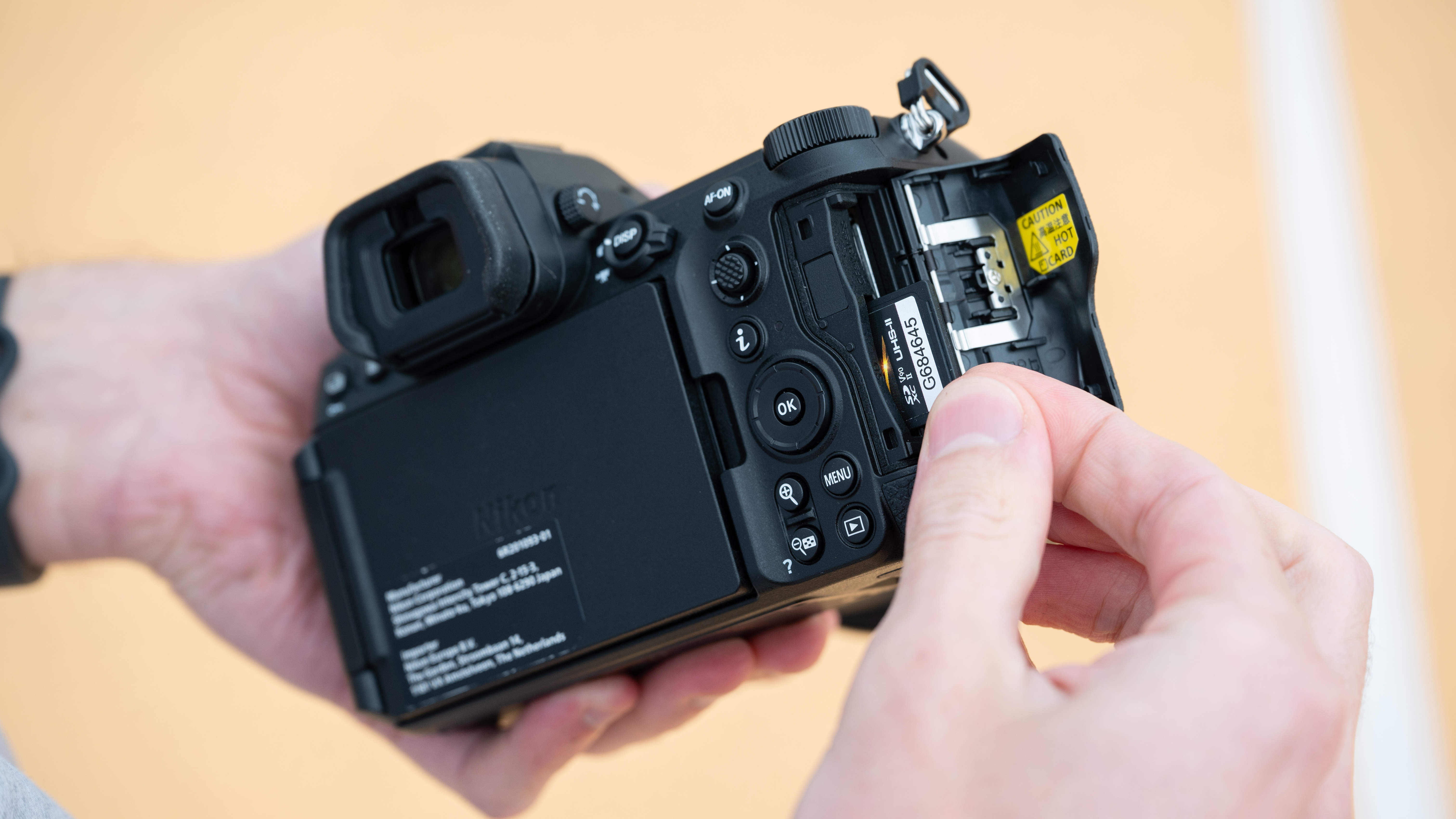
The top-plate LCD illumination button is a welcome addition, enabling you to see your settings when shooting in dark environments as the OLED display isn’t particularly bright.
The camera has similar pro-level construction and weather sealing as the flagship cameras, and Nikon says is capable of operating down to -10ºC.
While it looks pretty similar to the previous Z6 line, side-by-side the difference is more obvious, and it’s a fraction bigger and heavier. The differences may be slight, but one upshot is that owners of the previous model’s battery grip will have to invest in the new MB-N14, which is purpose-built for the Z6 III. Likewise, custom-fit third-party accessories such as L-brackets are likely to require reinvesting in if you’re upgrading from the previous model.
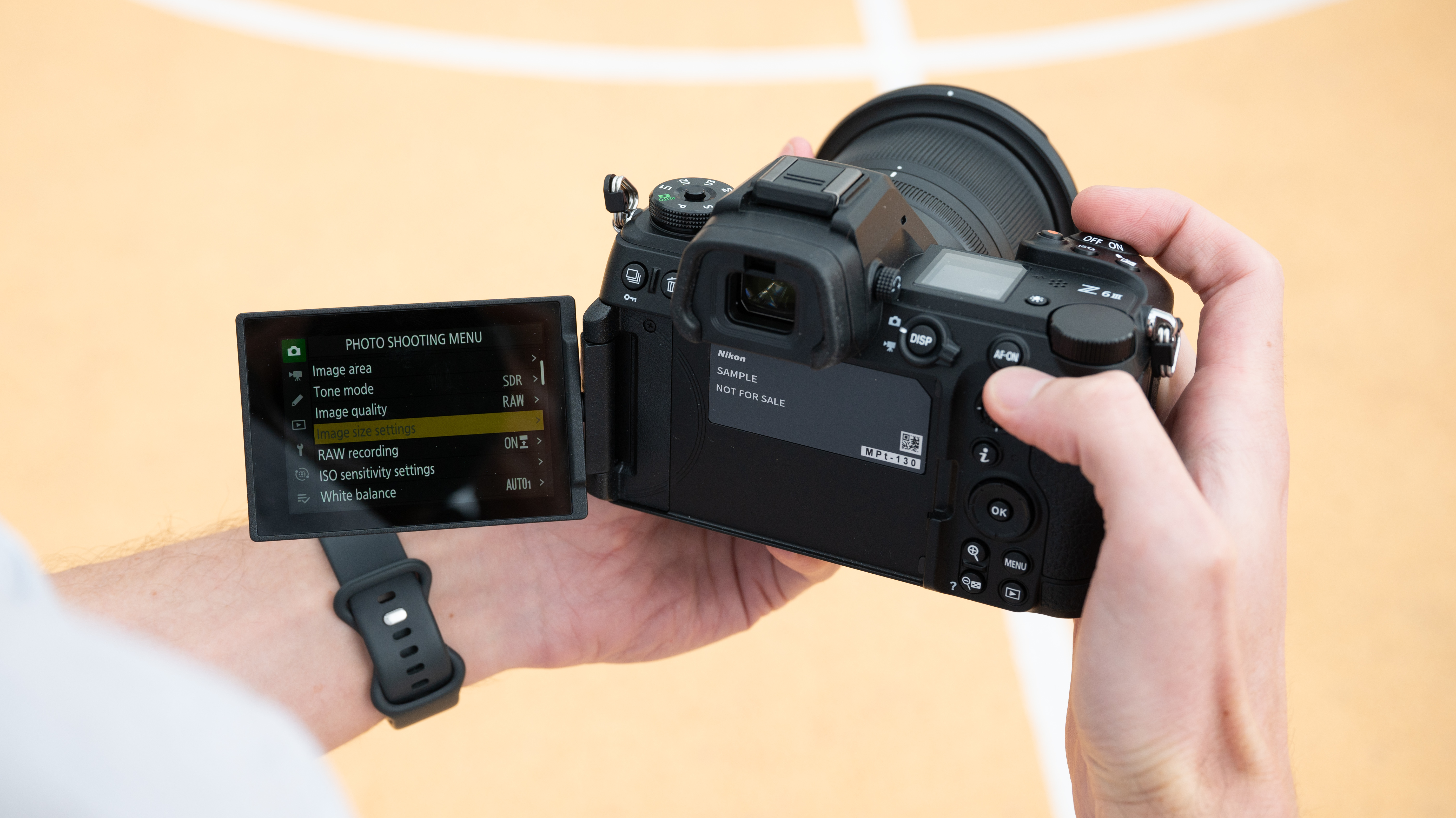
Nikon Z6 III: Performance
We got to try out the Z6 III on a rooftop basketball court in North Greenwich, within striking distance of the O2 Arena. The camera feels entirely natural in the hand, with the bulbous grip that houses the battery feeling comfortable to hold while offering firm grip.
Selecting the Person subject recognition mode and setting the wide-area focus mode, the camera unwaveringly locked onto the basketballer's faces and eyes as they battled one-on-one, shooting hoops. It certainly felt like a more reliable performance than when using previous Z6 cameras, and akin to the Z8 levels of speed and accuracy.
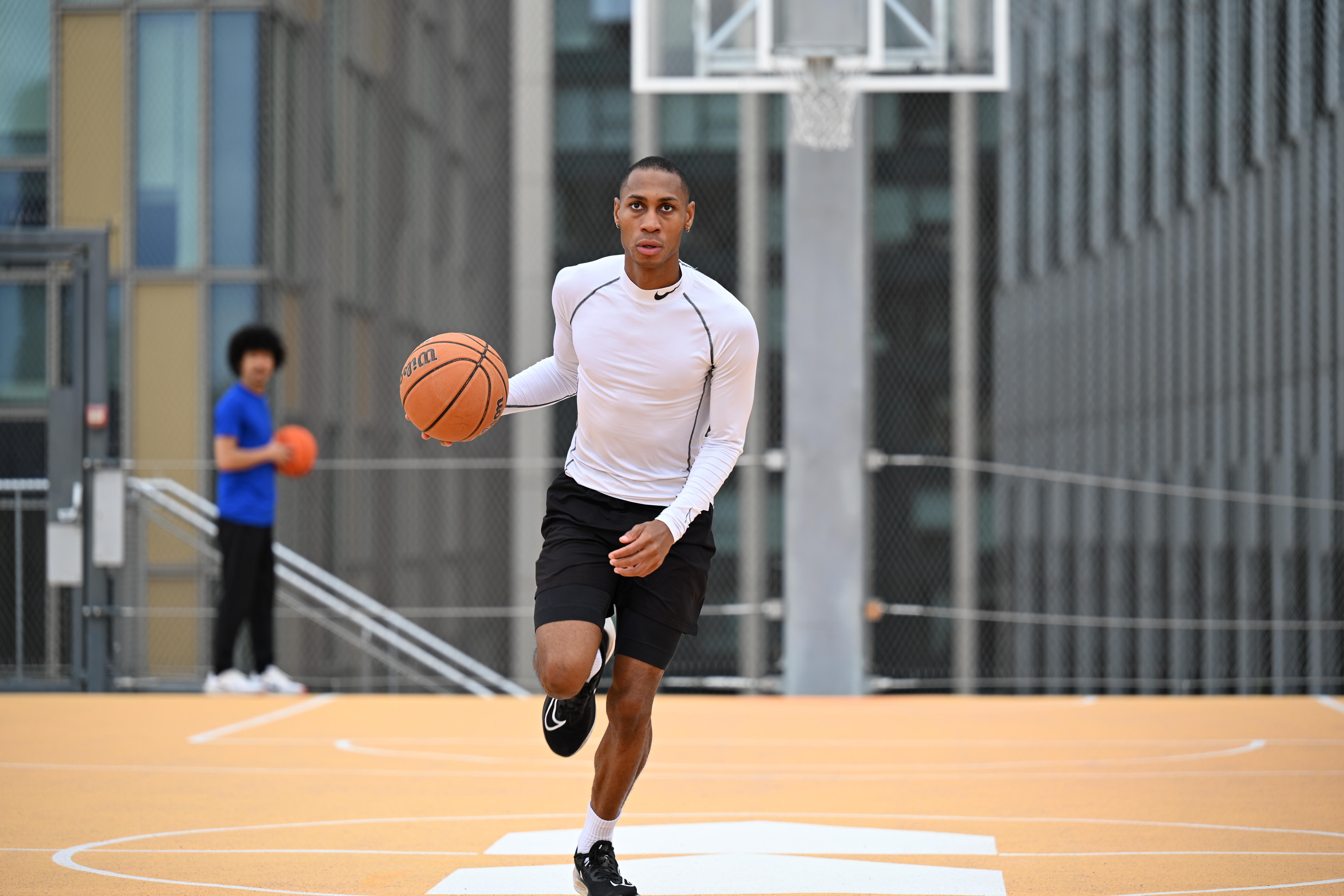
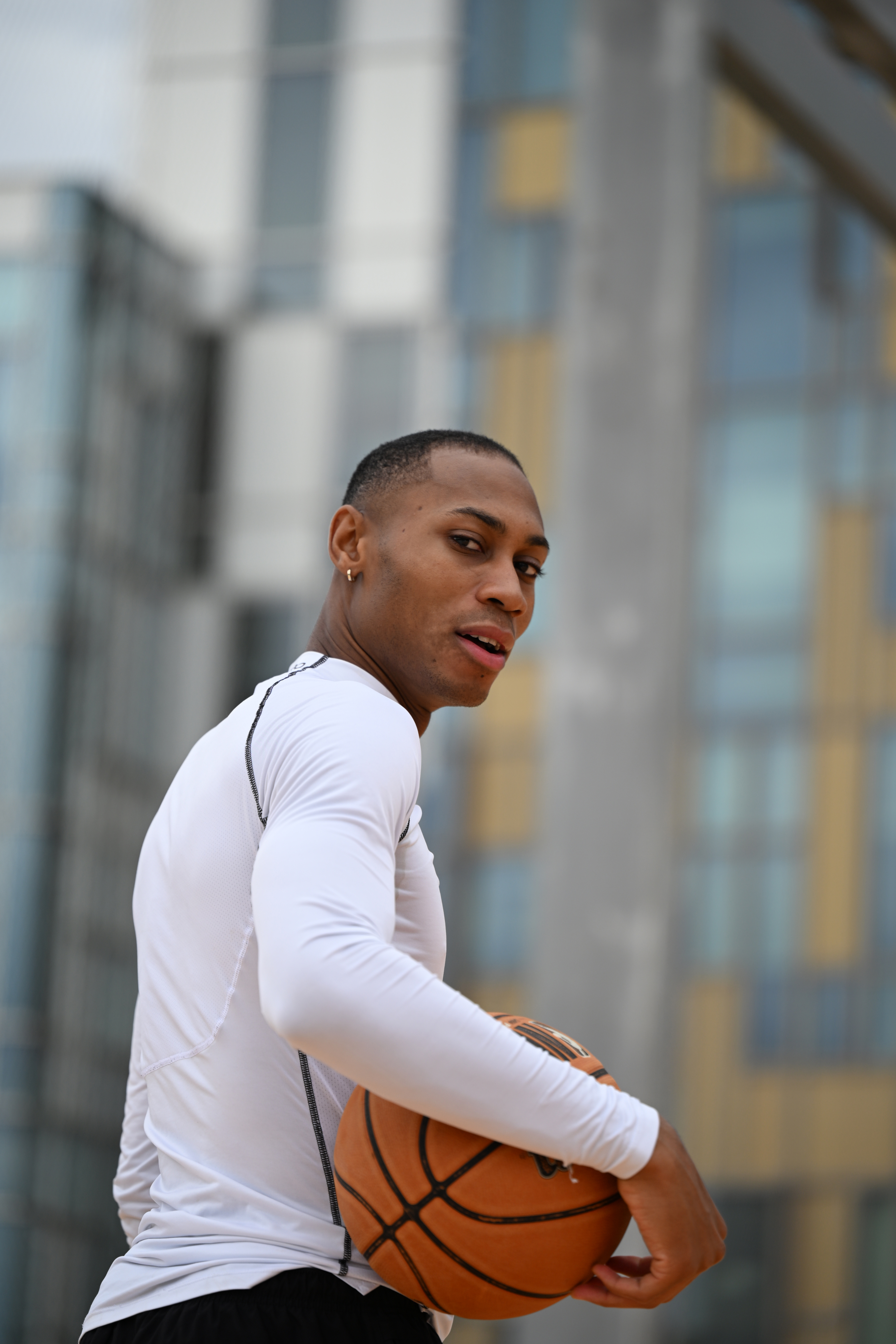
The viewfinder does a very good job of replicating the ambient light settings and shows no sign of lag that plagues some EVFs (not that we had too many complaints about the previous EVFs in Nikon’s other Z-series cameras). You really do forget that you’re not looking through an optical viewfinder.
In normal use, the camera defaults to using the electronic shutter (automatically switching to mechanical when a flashgun is engaged). To those who’ve not used a purely electronic shutter, not feeling the vibration as a mechanical shutter clunks for feedback is disconcerting at first, with only the briefest of flashes indicating that a shot has been taken, particularly when set to the higher 120fps or 60fps frame rates. Of course, you can set an electronic sound to provide further feedback. We tried the camera’s mechanical shutter, which gave the reassuring clunk, but feel that users will quickly get used to the default electronic option.
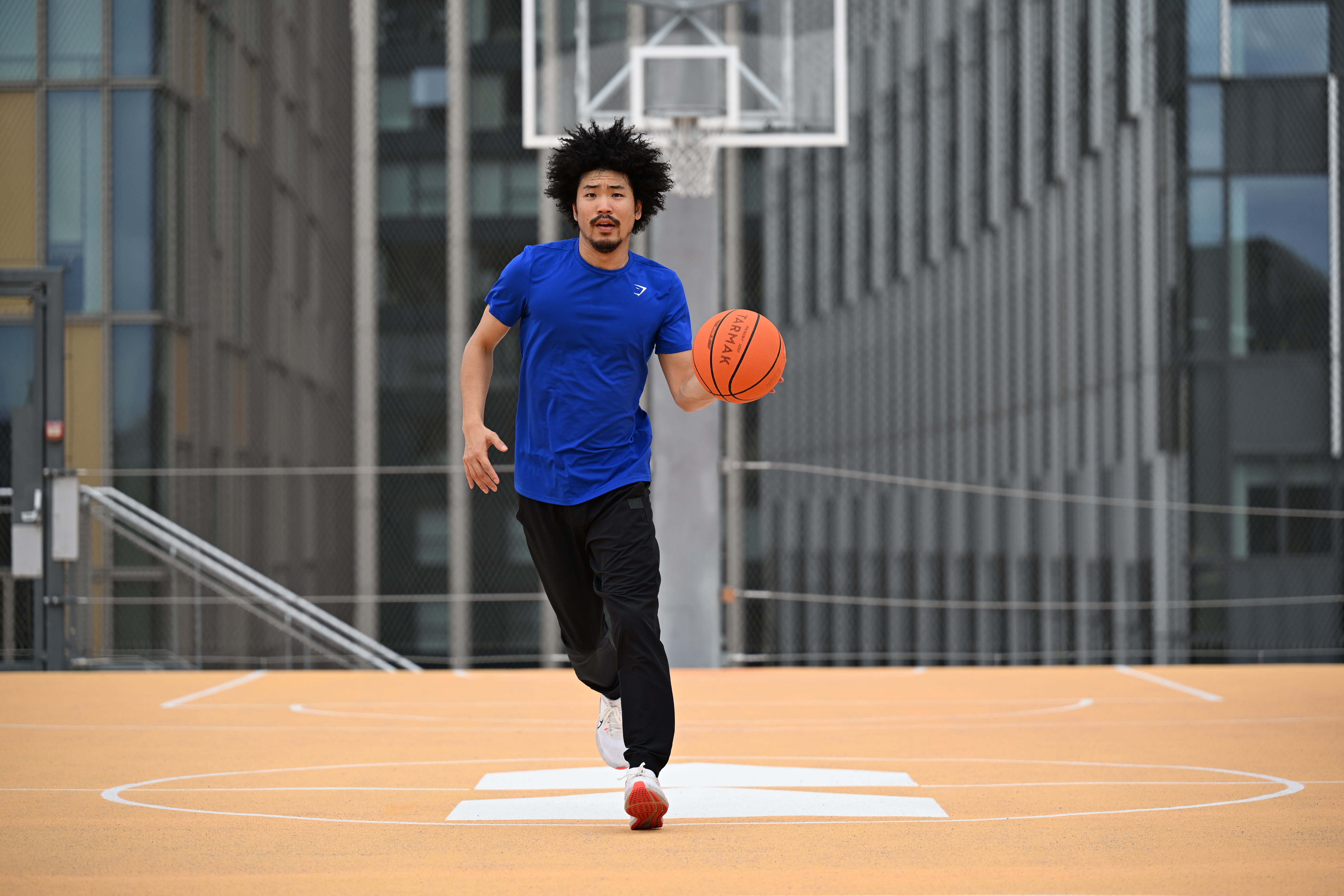


Nikon Z6 III: Verdict
Offering most of the functionality of the Z 8 in a smaller body, with a lower megapixel count, and at a pretty attractive price tag, the Z6 III promises to be a truly stunning enthusiast-level camera. We can see it being adopted by a number of pros too, where the number of pixels is less important, and indeed many prefer the smaller and easier-to-handle file sizes. With its stellar low-light performance, it should be the number one choice for astrophotographers too. Of course, we only had limited time with our pre-production model, and we’ll reserve our full judgment until we can get a final model into our labs for thorough testing.
